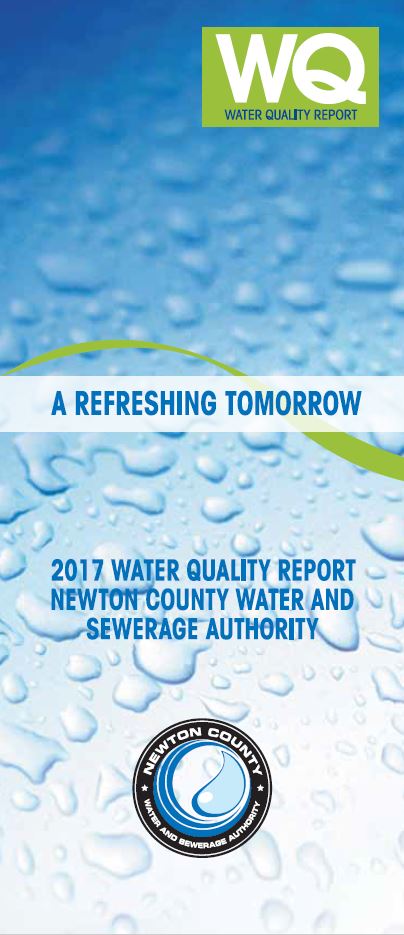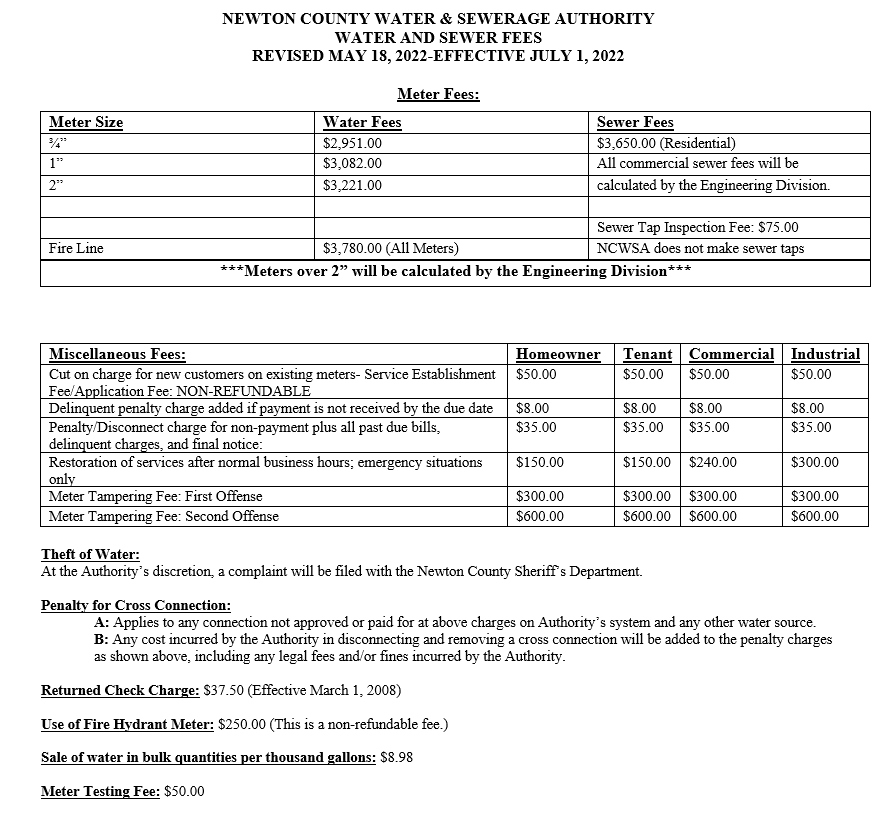

The county “had to scramble and buy from the city of Monroe and Oconee and Gwinnett,” Thompson said.

13 meeting that the county exceeded its allowed draw from the Cornish Creek Reservoir in Newton County 21 days this year. Thompson, elected Walton Board of Commissioners Chair in November of 2021, told Management Board Members repeatedly at the Sept. Thompson, Chuck Horton, Ferguson (Gesturing) Right Side Of Table: Mark Saxon, Kirouac, Walton County representatives to the seven-member Hard Labor Creek Reservoir Management Board had not articulated any pressing need for water until Thompson joined the Board in January of 2021.
#Newton county water sewer authority plus#
Thompson told the management Board that he expects Oconee County to pay its share of the costs in the future when it does need the water, plus interest on what he termed a loan from Walton County. That decision by Oconee County reflects the fact that Oconee does not need the water from the reservoir, while Walton County Board of Commissioners Chair David Thompson said Walton County is in desperate need for water from the reservoir. Oconee County, which is obligated to pay 28.8 percent of the costs of the work, has agreed to pay only $12 million of its estimated $21 million share and will not participate in the $69 million in bond sales authorized in the resolution for Walton County. In addition, the Board approved a bond resolution allowing Walton County to sell bonds for the plant.
#Newton county water sewer authority professional#
The Board agreed on a professional services agreement to assess the water in the reservoir, authorized a request for qualifications for water treatment facilities and transmission line designs, and authorized a request for qualifications for construction of the facilities.

The Hard Labor Creek Reservoir Management Board took four steps last week to move forward with construction of a water treatment plant and transmission lines on the reservoir in Walton County jointly owned by Oconee and Walton counties. In this document, the EPA states that it is “making final determinations to regulate two contaminants, perfluorooctanesulfonic acid (PFOS) and perfluorooctanoic acid (PFOA), in drinking water.” This decision starts the rulemaking process to establish a new NPDWR for these two contaminants to improve public health protection.***Oconee Sets Limits On Its Contribution*** The last Final CCL 4 was announced on November 17, 2016, and resulted in Final Regulatory Determinations for CCL 4, published on February 22, 2021. To manage this process, the EPA must publish the Contaminant Candidate Lists (CCLs) once every five years and determine which contaminants may require regulation. NPDWRs are required to be revised at least once every six years based on new knowledge of public health threats. The goal is to keep water safe by developing National Primary Drinking Water Regulations (NPDWRs). Under the Safe Drinking Water Act (SDWA), the Environmental Protection Agency (EPA) sets standards and regulations for the contaminants in public drinking water.


 0 kommentar(er)
0 kommentar(er)
